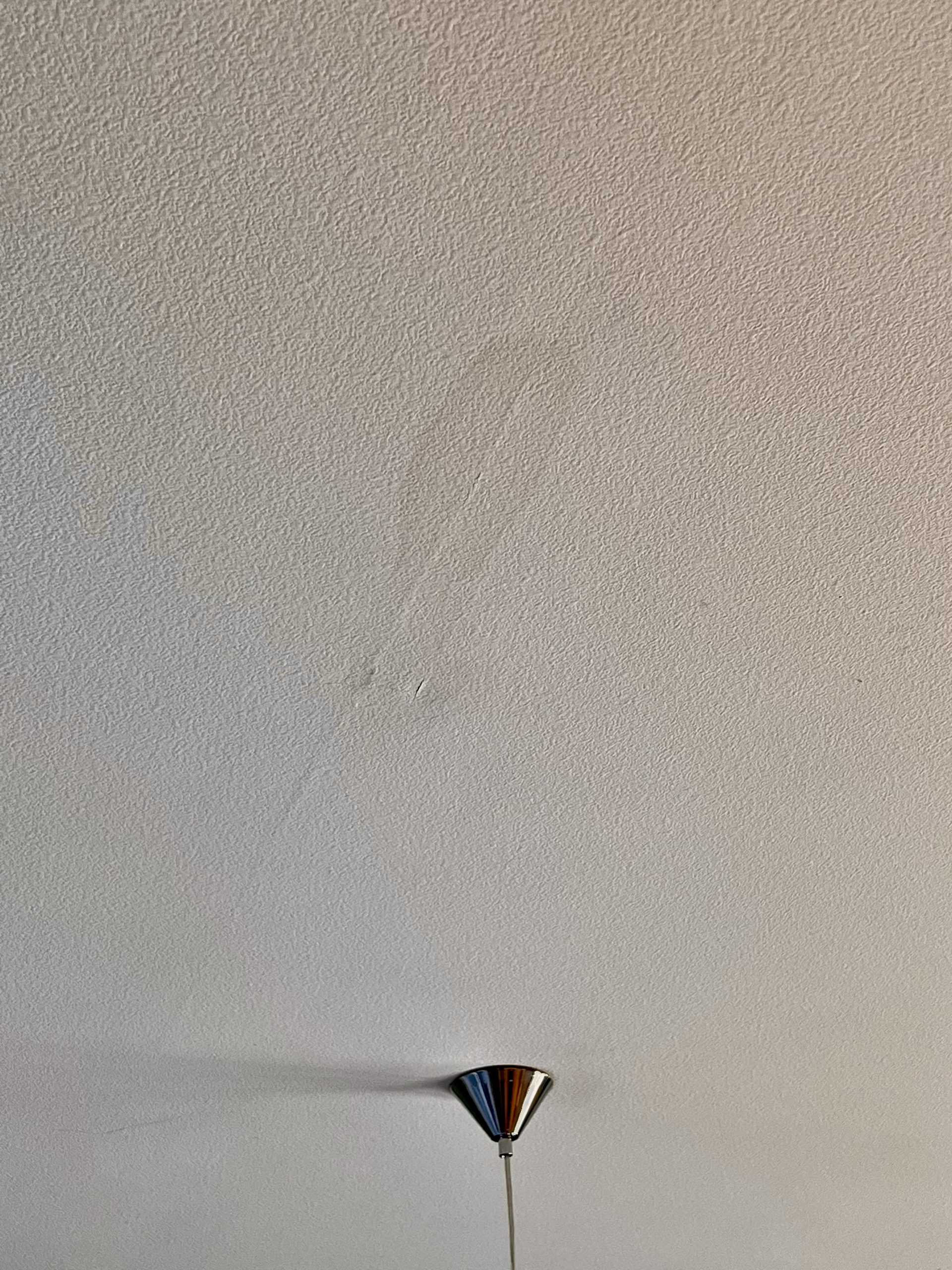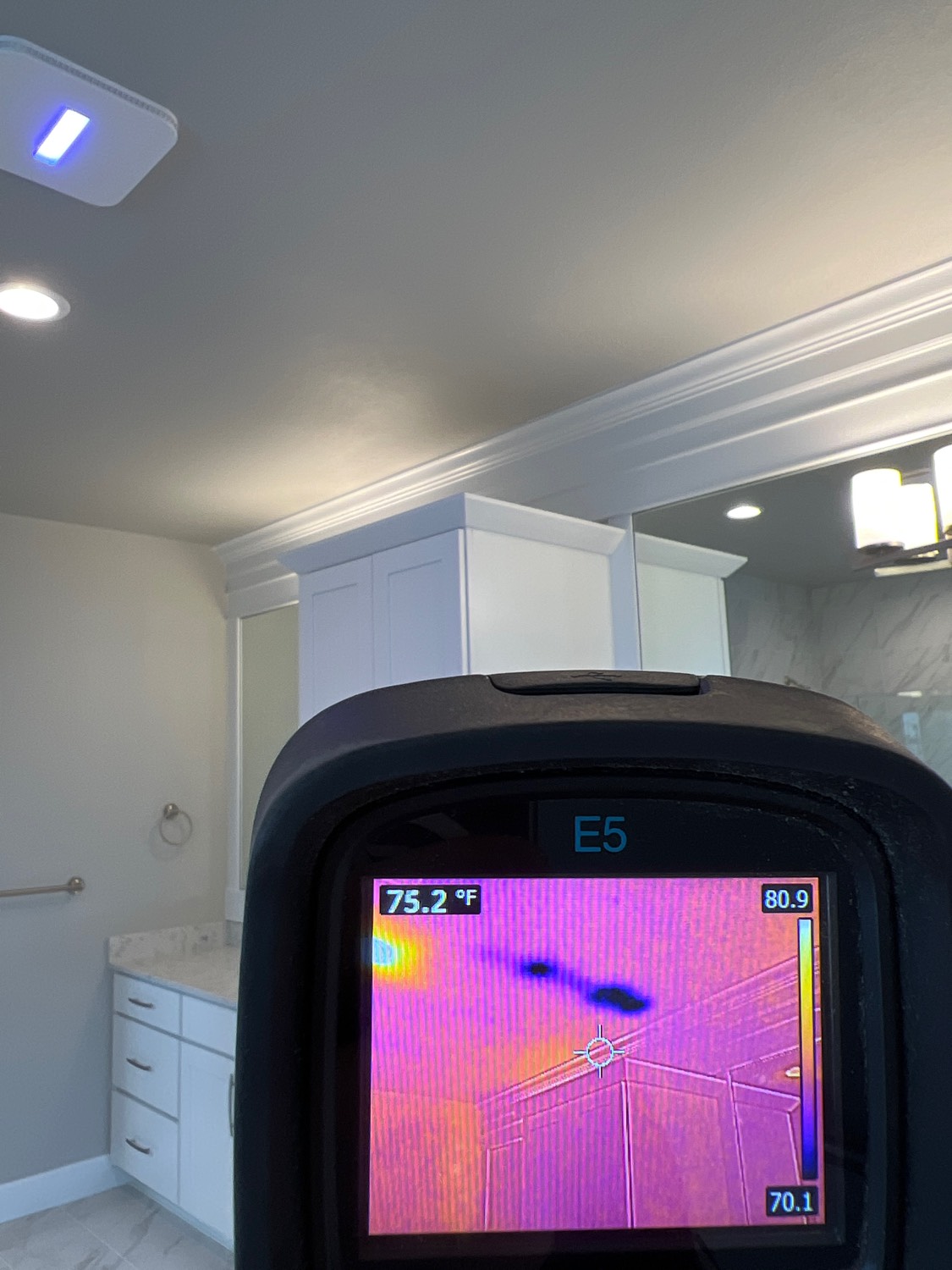Signs of water damage in the home
Before we dive into the three categories of water damage, let’s start by covering some basic signs your home may have water damage. If you are walking into a home for the first time and notice a musty odor, don’t ignore it. This can be an indication of high moisture levels in the house.
Visible signs of moisture intrusion include staining on the ceiling, walls, and floors, which can be a clue of hidden damage. Water vapor can flow from the crawlspace to the attic and create warped or cupped wood flooring, damaged structural framing, and high moisture levels in the attic area. So, while warped wood floors can simply be a feature of an old house, they can also be a sign of moisture or water damage that a professional should look at.
What are the three categories of water damage?
Depending on the type of water damage, you’ll have different levels of risk and treatment methods. Please note that the category doesn’t necessarily mean that the damages’ cost or severity is lesser or greater. Think of these categories as a level of health risk for you and your family. For example, extensive clean water damage (Category One) can be more costly than gray water damage (Category Two), depending on the incident. Let’s break this down.
Category one: clean water damage
According to the IICRC, Category One water damage is the least serious and includes issues with leakage from potable water sources such as refrigerators, overflowed sinks and bathtubs, broken water supply lines, and burst pipes. This kind of damage is generally regarded as less serious because “clean water,” or water that is devoid of toxins and sewage, is involved. Most goods damaged in Category One accidents can typically be dried quickly without any negative long-term implications for the property owner. However, a Category One water leak can become an expensive fix if it is not discovered or not repaired in a reasonable amount of time.
Category two: gray water damage
Category Two water damage is labeled “gray water,” which involves backup water from sump pumps and plumbing fixtures like toilets (without feces), roof leaks, dishwashers, and washing machines. If your home has gray water damage, removing and thoroughly cleaning all contaminated items is crucial since the waste and chemicals in this water may be toxic to humans.
Category three: black water damage
The last of the three categories of water damage is “black water.” Sewage, raging floodwaters, storm surge, river, sea, and groundwater are all examples of black water. This is the most harmful type of water damage and needs to be dealt with quickly to prevent serious health problems. Unfortunately, most objects and materials contaminated by Category Three water damage will need to be replaced or properly sanitized.

Category One: Clean Water Damage

Category Two: Gray Water Damage

Category 3: Black Water Damage
The cost of ignoring water damage
Here’s the tricky thing when you’re dealing with water damage. Even a small leak can damage exterior walls, subfloors, and structural members while putting your family’s health at risk. Consider unresolved water damage a domino effect – the longer a water damage problem is ignored, the more damage it can cause. A Category One water issue can become a Category Two if left unchecked, and a Category Two issue can quickly become a Category Three. Moisture intrusion of any kind should be labeled as a major concern to be examined ASAP.
The price range of water damage repairs
Water damage repairs can range from a few dollars to tens of thousands. A simple plumbing leak can be repaired quickly for a few hundred dollars, while water damage that has saturated a structure can cost anywhere from $2,500 to $10,000, depending on the degree of damage. When water damage occurs in your crawlspace, it can range from $3,000 to $50,000, especially if structural damage is involved. The national average cost for water damage repairs is $3,000.
Advice on water damage from a home inspector
Understanding the different categories of water damage and the cost of repairs is valuable, but homeowners should utilize other helpful resources to stay water damage free. As home inspection professionals, we always check for water damage during a standard inspection which means we understand where to look and how to avoid water leaks. The first rule of thumb in water damage prevention is to perform regular home maintenance, focusing on your home’s drainage.
Proper home drainage
A home that functions best will shed water down the roof into the gutters and drain away from the home’s structure. This means all debris should be removed from drainage areas, and draining water should be directed away from the house. Any rainwater that does not have an unobstructed route is a concern for water damage, so always ensure your home’s flashing and gutters are working at full capacity. For more info on proper drainage on the exterior of the home, check out our blog on fall home maintenance.
Another tip we recommend is learning to read the leak detection gauge on your water meter to determine if there is a plumbing leak on the supply side. Lastly, perform a visual inspection of the common areas leaks can be found – your plumbing drains, underneath your sinks, and in the ceilings below bathroom drains. Continue the inspection by looking for stains at the base of toilets, behind your washing machine, refrigerator, and dishwasher.
Schedule an inspection with Zoom
While some of these tips are easy to perform on your own, never hesitate to contact a licensed home inspector for a thorough home inspection. To contact Zoom Home Inspections, click here to schedule your next appointment.

